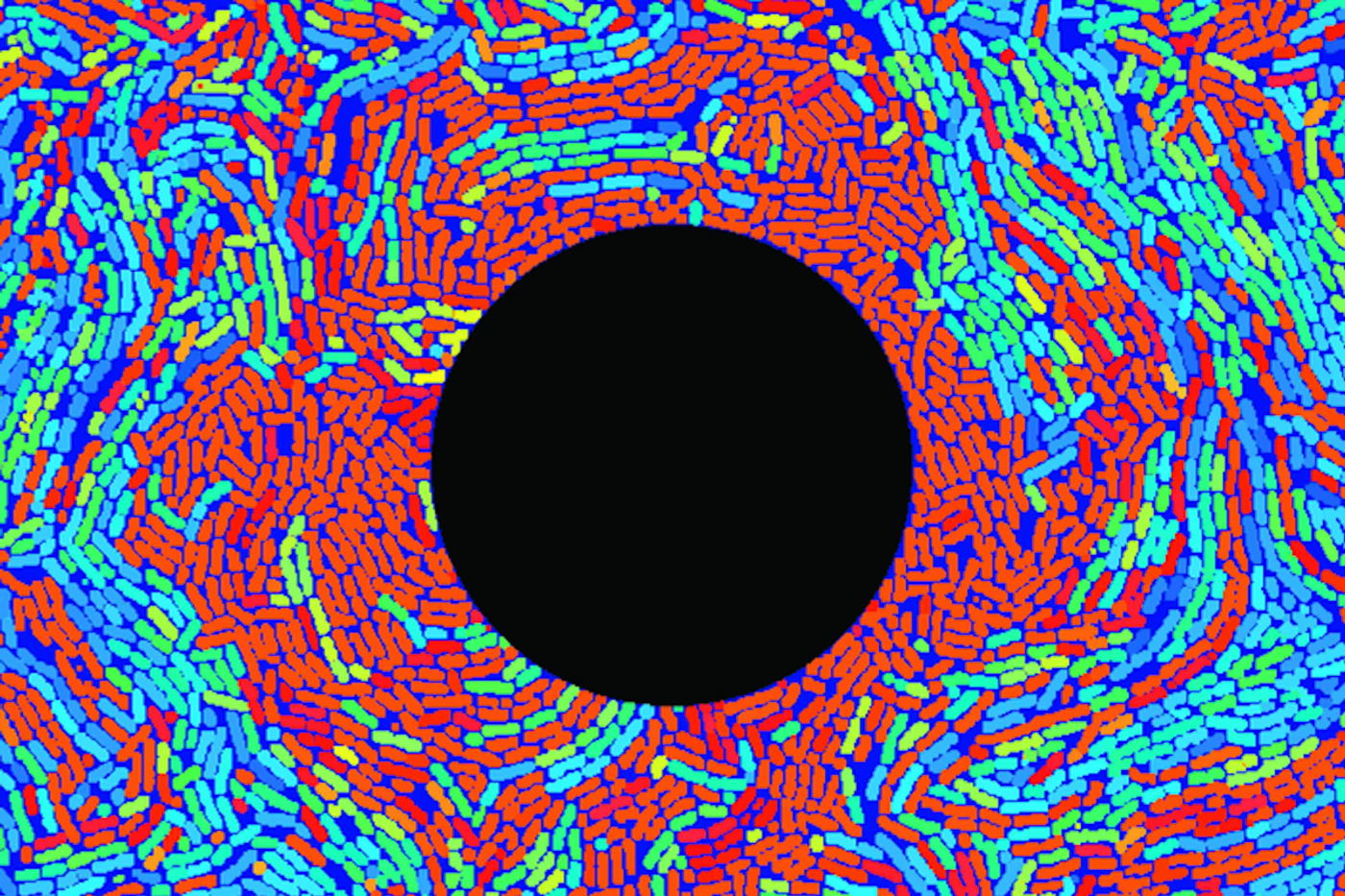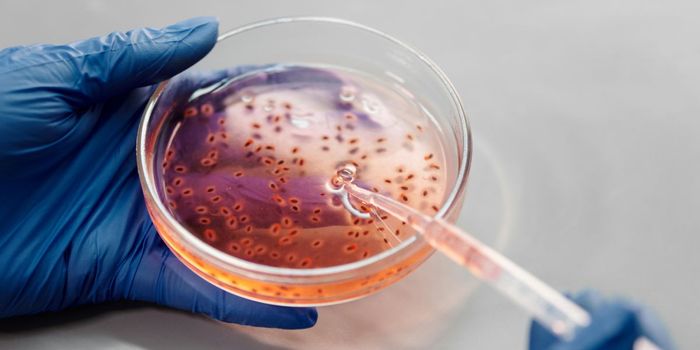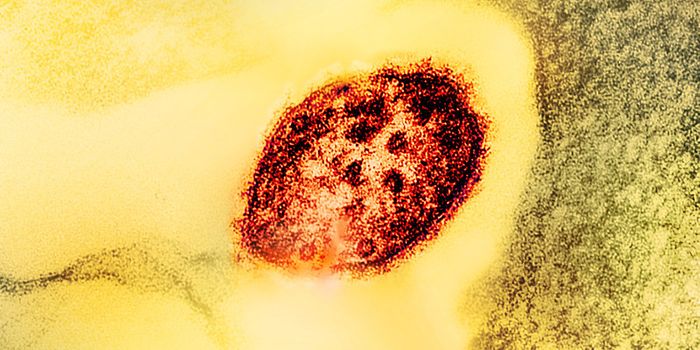Electricity Can Have a Surprising Effect on Biofilms
Bacteria can exist as individual cells, but there is strength in numbers. Many microbes form clusters called biofilms, little bacterial communities that take on features the single cells may not have, like antibiotic resistance. Biofilms can grow on many surfaces, from the insides of pipes, for example, to medical devices, and are often difficult to remove. Now researchers have discovered that electrical shocks can be used to control the growth of biofilms in some ways.
In some ways, biofilms have characteristics that resemble higher order organisms. For example, they have different 'parts,' like matrix cells, which support the structure of the cellular community. Other cells in the biofilm are known as motile cells, which can stretch the biofilm's boundaries, and expand it. That happens even when the cells all have the same DNA. The balance between these two kinds of cells helps to control the biofilm's development and its biological and physical properties. A biofilm with too many matrix cells will become rigid, with limited growth, while an excessive number of motile cells can make the biofilm fall apart as too many of the cells start to move away from the community. Biofilms can be controlled by manipulating the ratio of the cell types.
Scientists have now created a microfluidic device with tiny channels that's combined with an array of electrodes to study how biofilms responded to electricity. With this tool, electric shocks were applied to a developing biofilm. But while electricity can be deadly, something else happened to the cells; electrical stimulation triggered the growth of motile cells in a biofilm. The findings have been reported in Cell Systems.
The researchers are planning to continue to study this phenomenon. They want to know why electricity boosts the growth of one kind of cell but not the other. An answer to that question could help clinicians and researchers find ways to get dangerous biofilm growth under control.
"How a second-long stimulation can promote growth for hours and only of one type of cells is a great puzzle that we are eager to solve," said senior study author Professor Gürol Süel of the Department of Molecular Biology at the University of California San Diego.
"Being able to modulate cell types in this way is not just important for understanding biofilms," added first study author and postdoctoral researcher Colin Comerci, PhD. "The electrochemical signals we used are similar to signals used during development in more complicated organisms like frogs, fish or even humans," and this study "may offer analogies to other biological systems."









